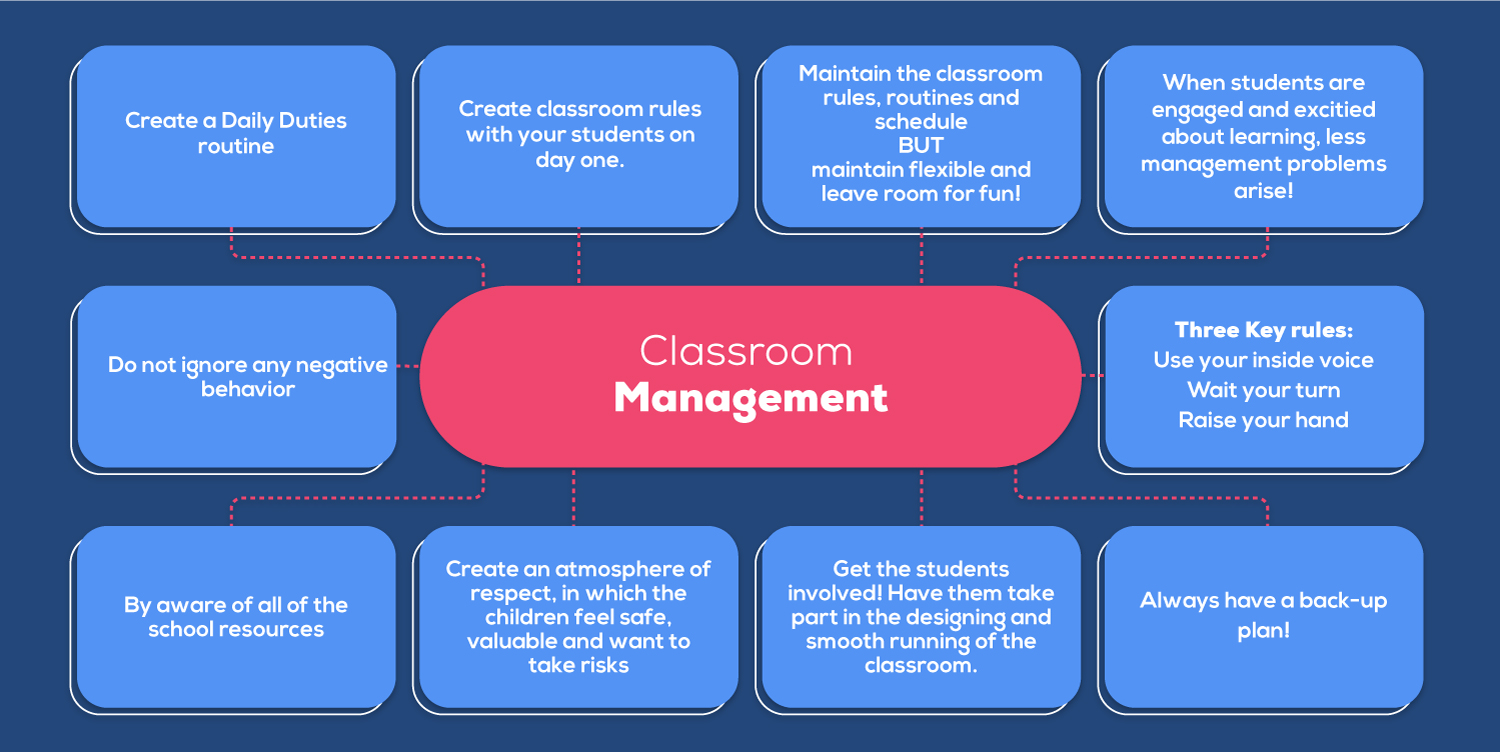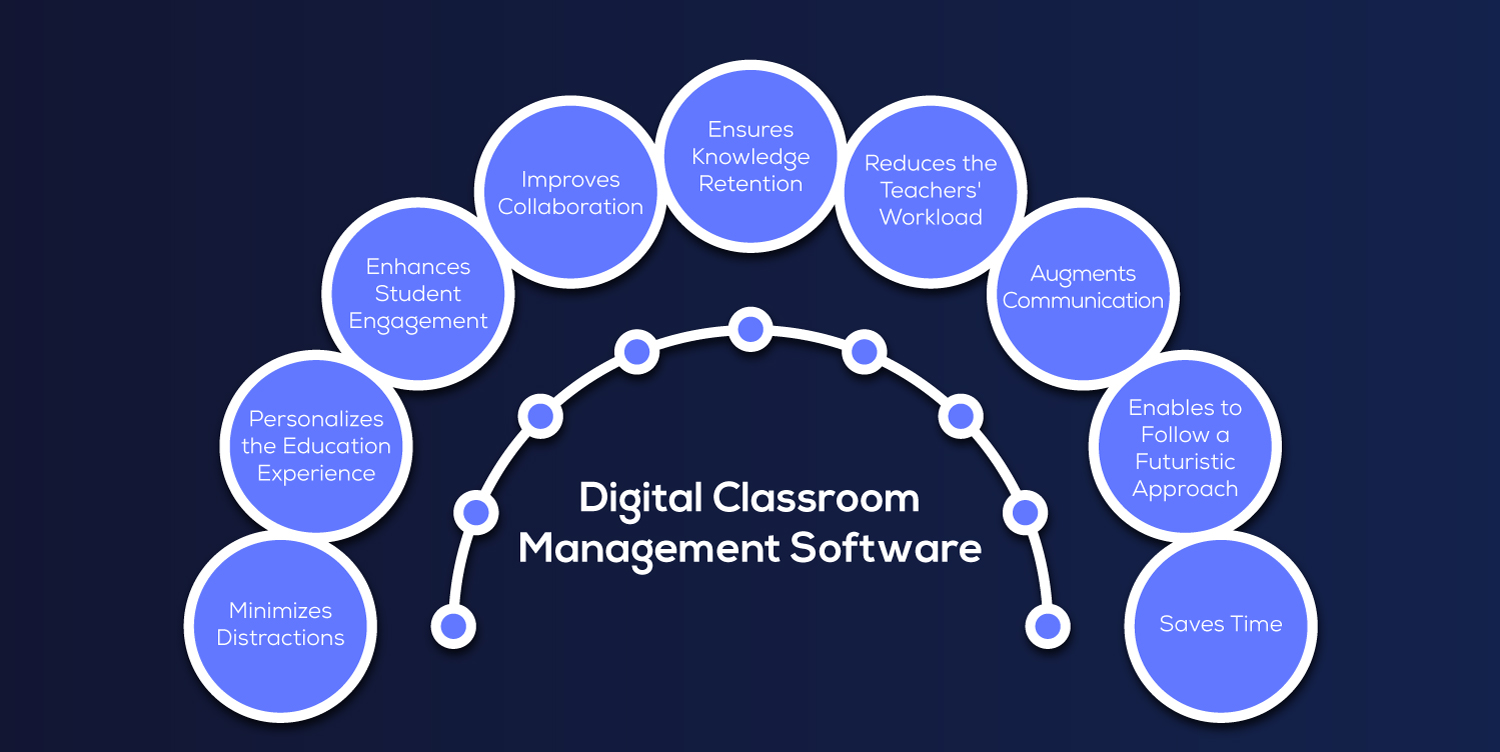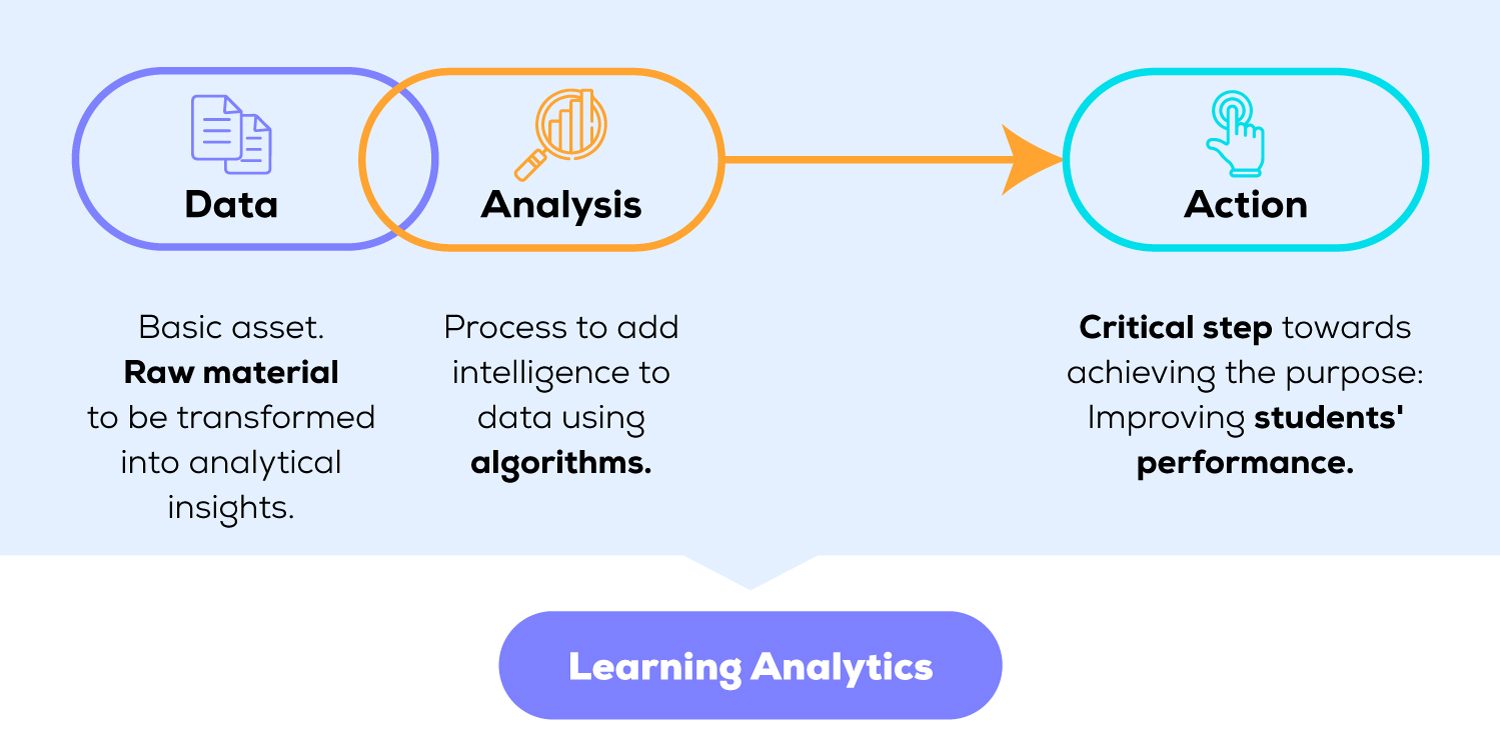How Can I Manage My Classroom?
Introduction
Effective classroom management is crucial for creating a positive and conducive learning environment. With technological advancements, educators now have a powerful tool to streamline various aspects of classroom management. This blog post will explore innovative ways to leverage technology for efficient classroom management, enhancing teacher and student experiences.

Digital Attendance Systems
Traditional attendance-taking methods can be time-consuming and prone to errors. Introduce digital attendance systems and online platforms. These systems not only save time but also provide accurate and easily accessible attendance records for both teachers and students. Chronicle Cloud has a unique Attendance feature that records the child’s social and emotional intelligence and mood. Monitoring moods enables teachers to:

Personalize Instruction:
By understanding a child’s social and emotional intelligence, teachers can tailor their instruction to better suit individual needs. For example, they can incorporate more group activities for children who excel in social skills or provide additional support and encouragement for those who struggle in this area.
Creating A Supportive Environment:
Monitoring a child’s mood can help educators identify any underlying issues or challenges they may be facing, such as stress or anxiety. By addressing these concerns and providing appropriate support, teachers can create a more supportive and nurturing classroom environment conducive to learning.
Building Relationships:
Keeping track of a child’s social interactions and emotional well-being allows teachers to build stronger relationships with their students. It fosters trust and open communication, making it easier for educators to address any academic or personal issues that may arise.
Promoting Social-Emotional Learning (SEL):
Recording and assessing social and emotional intelligence can also help integrate SEL practices into the curriculum. Educators can enhance students’ well-being and academic success by explicitly teaching and reinforcing empathy, self-awareness, and relationship-building skills.
Early Intervention:
Recognizing changes in a child’s mood or behaviour early on can enable teachers to intervene proactively and provide necessary support or resources. This proactive approach can prevent issues from escalating and potentially impacting the child’s learning and overall development.
Interactive Learning Platforms
Engaging students in the learning process is critical to effective classroom management. Implement interactive learning platforms that encourage student participation and collaboration. Platforms like Kahoot!, Quizizz, or Nearpod allow teachers to create quizzes, polls, and interactive presentations, fostering an active and dynamic classroom atmosphere.
Behaviour Management Apps
Maintaining a positive classroom environment requires effective behaviour management strategies. Utilize behaviour management apps like Chronicle Cloud to reinforce positive behaviour, track individual student progress, and communicate with parents. Chronicle Cloud incorporates features that make the learning experience more focused for students.
Virtual Learning Environments
Incorporate virtual learning environments to extend the classroom beyond its physical boundaries. Platforms Chronicle Cloud enable teachers to share resources, assignments, and feedback seamlessly. Chronicle Cloud facilitates student communication and collaboration while providing a centralized hub for organizing and managing course materials.
Communication Platforms For Parent-Teacher Collaboration
Establishing effective communication with parents is essential for comprehensive classroom management. Utilize the Chronicle Cloud parent app to inform parents about their child’s progress, upcoming events, and important announcements. Foster a collaborative partnership between teachers and parents to support students’ academic and personal development.
Collaboration And Communication Tools
Digital Tools often include features for collaboration and communication among teachers. Teachers can share observations, strategies, and student data with colleagues, facilitating collaboration and collective problem-solving. This collaborative approach allows teachers to leverage each other’s insights and experiences, leading to more effective and targeted instructional support for students.
Customizable Alerts And Reminders
Some digital apps offer customizable alerts and reminders to prompt teachers to follow up on specific student needs or instructional strategies. Teachers can set reminders to revisit specific observations or check in with particular students, ensuring every student is noticed and included with the necessary support. These alerts help teachers stay organized and focused on addressing student needs promptly.
Overall, digital apps provide a range of features and functionalities that can help teachers save time, increase productivity, and ensure that all students receive the instructional support they need. By leveraging digital tools for data collection, analysis, collaboration, and communication, teachers can address everyday instructional needs more efficiently and effectively, ultimately improving student learning outcomes.
Data Analysis And Insights
Many digital apps offer data analysis features that allow teachers to identify trends, patterns, and standard instructional needs among students. By analyzing the data collected through the app, teachers can quickly identify instances where multiple students require instruction on the same strategy. This insight enables teachers to proactively address everyday needs and adjust their instructional strategies accordingly.

Data Analytics For Performance Evaluation
Implement data analytics tools to assess student performance and identify areas for improvement. Classroom Management Systems (CMS) often have analytics features that allow teachers to track student progress, identify trends, and tailor instructional strategies accordingly. This data-driven approach enhances teaching effectiveness and provides a more personalized learning experience.
Data analytics is crucial in managing classrooms effectively, offering insights that inform instructional decisions, student interventions, and overall classroom strategies. Here’s how teachers can utilize data analytics in classroom management:
Student Performance Analysis
Data analytics tools enable teachers to analyze student performance data comprehensively. By examining assessment scores, progress reports, and other academic indicators, teachers can identify patterns, trends, and areas of strength or weakness among students. This information allows teachers to tailor their instructional strategies to effectively meet their students’ diverse learning needs.
Individualized Instruction
Data analytics empower teachers to provide individualized instruction based on students’ unique learning profiles and needs. By analyzing student data, teachers can identify areas where students require additional support or enrichment and develop personalized learning plans accordingly. This personalized approach to instruction enhances student engagement, motivation, and academic achievement.
Early Intervention And Support
Data analytics facilitate early intervention and support for struggling students. By identifying students at risk of falling behind or experiencing academic challenges, teachers can implement targeted interventions and provide additional resources to help these students succeed. Early intervention ensures that students receive the support they need to address learning gaps and achieve academic success.
Behaviour Management And Student Engagement:
Data analytics can also be used to monitor and manage student behaviour and engagement in the classroom. By tracking behaviour data, such as attendance, participation, and disciplinary incidents, teachers can identify trends and patterns in student behaviour and implement proactive strategies to promote positive behaviour and engagement. This data-driven approach to behaviour management fosters a positive and supportive learning environment for all students.
Progress Monitoring And Assessment:
Data analytics enable teachers to monitor student progress and assess learning outcomes effectively. By tracking student performance over time, teachers can evaluate the effectiveness of instructional strategies, identify areas for improvement, and make data-informed decisions to enhance teaching and learning. Progress monitoring ensures that students make meaningful academic progress and allows teachers to adjust their instructional practices.
Parent Communication And Collaboration:
Data analytics facilitate communication and collaboration with parents by providing insights into students’ academic progress and performance. Teachers can share data analytics reports with parents to inform them about their child’s learning journey, strengths, and areas for growth. This collaborative approach strengthens the partnership between teachers and parents and promotes student success.
Data analytics offer valuable insights and opportunities for improving classroom management practices. By leveraging data to inform instructional decisions, provide targeted interventions, and promote student engagement and success, teachers can create a supportive and enriching learning environment that meets the diverse needs of all students.
Digital apps offer several features that can help address the issue of realizing later that multiple students need instruction on the same strategy, ultimately saving time and increasing teacher productivity. Here’s how digital apps can assist in this scenario:
Real-Time Data Accessibility
Digital apps allow teachers to record observations and student needs in real-time. Through note-taking apps, classroom management platforms, or learning management systems, teachers can quickly input information about students’ learning progress and instructional needs as they observe them during class activities or assessments.
Centralized Data Storage
Digital apps provide a centralized location for storing and organizing student data. Teachers can easily access this information from any device with internet connectivity, enabling them to review notes, observations, and student performance data whenever needed. This centralized data storage prevents the loss or misplacement of handwritten notes and ensures that all relevant information is readily available.
Conclusion
In conclusion, integrating technology into classroom management streamlines administrative tasks and enhances the overall learning experience for teachers and students. Educators can create a well-rounded and efficient educational environment by leveraging digital tools for attendance, interaction, behaviour management, virtual learning, communication, and performance evaluation. Embrace the potential of technology to transform your classroom management practices and foster a positive and engaging learning atmosphere.
